An EEWorldonline Interview with Dan Hill, Newark element14
Mergers and acquisitions are changing the face of the electronics industry nearly as much as the innovative technology that emerges from it. And the role of the distributor, too, has also transformed from a seller of parts to a provider of a range of technology, content, and support. As a customer, the effects of those changes and transformations are not always readily apparent.
Case in point is Avnet’s acquisition of Premier Farnell. A year and a half ago, Avnet completed the acquisition of Premier Farnell, including the half-million member element14 community. We sat down with Dan Hill, president of Newark element14, to talk about what that acquisition has meant to Avnet and Premier Farnell customers, and, specifically, how they are using their online community to reach current customers, new customers, and the varying demographics that shape the overall engineering community.
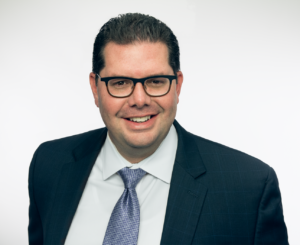
What did you see as an important “first piece of business” when you joined the Newark organization two and half years ago?
Part of what we wanted to do is review what we were good at as a company. A lot of times, you start doing this “cut and paste” thing — you see what someone else is doing, and you want to follow along. We got ourselves across the map in a variety of areas, so we looked back and said, “What are we really good at and why are we good at it and in what niches?”. Obviously, part of the answer is that we have the largest engineering community through element14 with over a half a million people.
Also in that process, we also asked the question, “Well, wait a second, what types of products are we using? We have this engineering community, and we’re known for being the folks that have those products first. Why aren’t we promoting that? Why aren’t we active in the process?”
An example is theMicro:bit. The Canadian government decided they wanted to have a Micro:bit in every kid’s hand in Canada. It was a fantastically large order even if there wasn’t a lot of profitability in it. But, from our standpoint, being able to have the Newark name associated with being the provider of that product was very important. The Raspberry Pi relationship is another good example of that type of investment.
The Newark element14 community is a hallmark of your company. How do you optimize and leverage that investment and why?
I feel community contributes to the credibility of an organization. There’s no doubt the engineering community sees that. What we’re trying to do is work more closely with the over 500 suppliers on our line card to get them to engage with our element14 community. So, we provide samples or do “road tests” because we know engineers like to learn from other engineers. We are definitely seeing more engagement with our supplier partners, but they often have to see it to believe it.
Suppliers are always looking at how do we reach a certain segment especially around universities and engineering students. Many suppliers don’t have a big marketing department that can run big promotions so they are excited to be able to reach that audience that they wouldn’t be able to do on their own. With the way that we launch promotions digitally, we collect a lot of data including leads that are very valuable to us and the supplier. We share that information so that they can develop the right products that we can sell the right way.
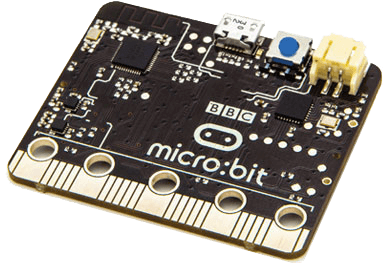
What do you feel your company’s role is in educating, upskilling, and promoting the next generation of engineers?to
Recently, we’ve been a lot more proactive in investing in community events, whether it be the Hackathon events or our element14 events. We are making sure we are active and investing marketing dollars towards them. The kids who participate may come up and be engineers one day, so we are trying to cultivate that age group, as well.
We’ve definitely put more focus on the Micro:bit market but also on universities and engineering students. It’s the right tie in with the community, too. We know we have quite a few engineering students and what we call “maker pros” or university professors that are on the community. So how do we support them in addition to what we are doing?
One of the things we are doing is working with our supplier partners asking for donations to do a what is essentially a “dream lab bench” makeover. We’ve got over $30,000 now of product donations for one lucky university. It’s obviously a way for us to reach out to other universities in addition to the over 2,000 we have now. We ask them what their dream lab bench would like to so that we can give feedback to our supplier partners. Because, as much as we’d love our supplier partners to be in the community and read about and touch the customers they do get too busy. Part of what we provide as a distributor partner is making sure we give that feedback back to suppliers who are making the products telling them “this is what engineering students, professional lab managers of universities are looking for”. You really are, as a distributor, a key component of those companies making the products and those that are using the products. Doing some fun giveaways, I think, is a great way to highlight our profile within the university space.
An ongoing trend is that engineers are under tremendous pressure to keep up with rapidly changing technology. Do you notice this and how can distributors help?
One thing our sales teams confirms is that engineers do not have enough time. For example, in the case of Industrial IoT, they not only do not have the time, but they may not have the new skill sets required coming from their roles as a plant or floor manager or technician. So, we go back to our community where provide content to help re-educate them to feel the full impact of Industrial IoT.
Another area of growth for us and a time-saver for engineers is the kitting business. Engineers or purchasing professionals don’t want to have to send their BOMs to ten different people and then try to order ten different things. For example, our kitting business in Dallas receives the BOMs and sources the majority of the components from within our stock.
I think it ties into, too, the leadership team’s commitment to Amazon-proof our business. For instance, we are making sure that we have outside account managers who are highly technical people that are engaging from a relationship standpoint. The example I like to use is if you keep a shirt long enough or a suit long enough it comes back in style.
Through our community, we are also seeing another trend where the engineer by day may very well be an engineer by night. So, for instance, this community member/customer may be working at GE, but at night they become a whole different customer for us. And it is something we’ve picked up from a marketing standpoint where we have to market differently sometimes but also the same sometimes.
On that note, how are you approaching marketing to millennials compared to the more “seasoned” engineers?
A lot of our stuff has become catchier because we are looking at this group and realizing that this group definitely buys differently and is attracted to different marketing than us. We are sensitive to that which is why we have to age-range marketing. And I think we’ve made a big change over the last 24 months in that regard. Where we used to send product catalogs and then what we call “mini-logs”, for instance, we now know they want paragraphs, not pages.
To the point, we were doing a lot of e-mail marketing in Mexico and Latin America, and we just weren’t seeing a lot of engagement rates. But when we do social media there, we do see a lot of engagement. I was talking to our new (young) hire about this, and she said, “Yeah, nobody uses e-mail in Mexico. They use WhatsApp and social. They’re all about the social.” And I was thinking, “This is why we hire young people who know the markets”.
In Part 2 of our interview tomorrow, Dan Hill elaborates on the tactics and techniques the company is implementing to continue market growth.

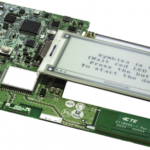
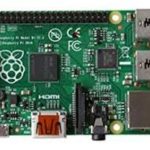


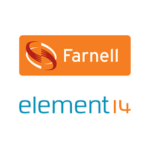

Leave a Reply
You must be logged in to post a comment.